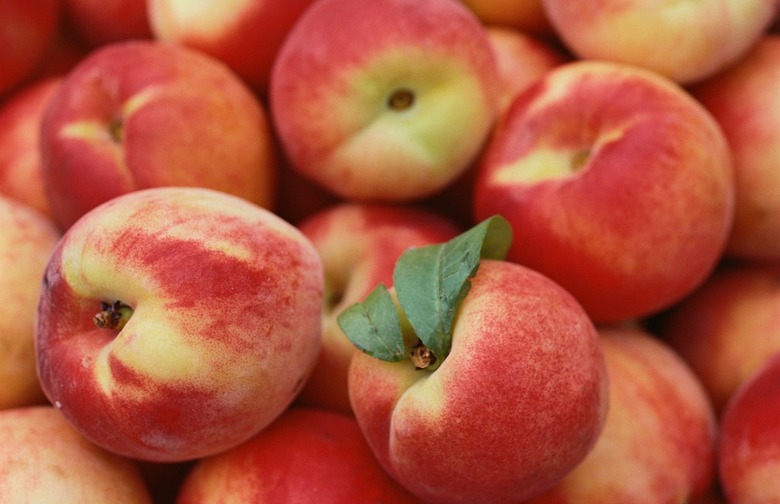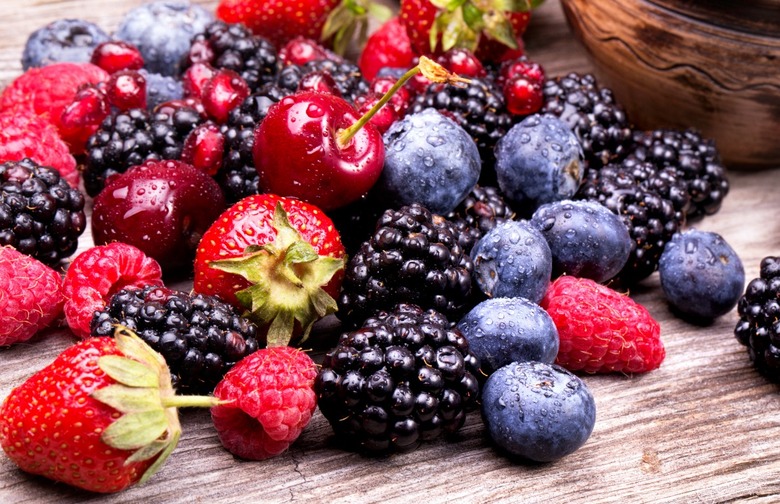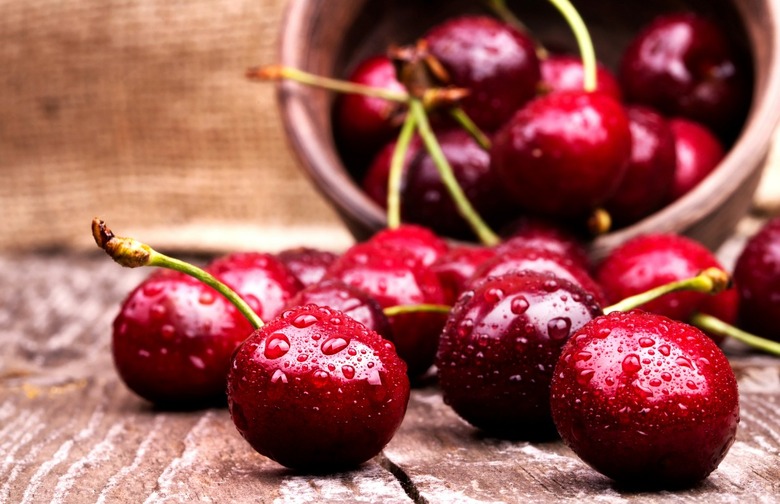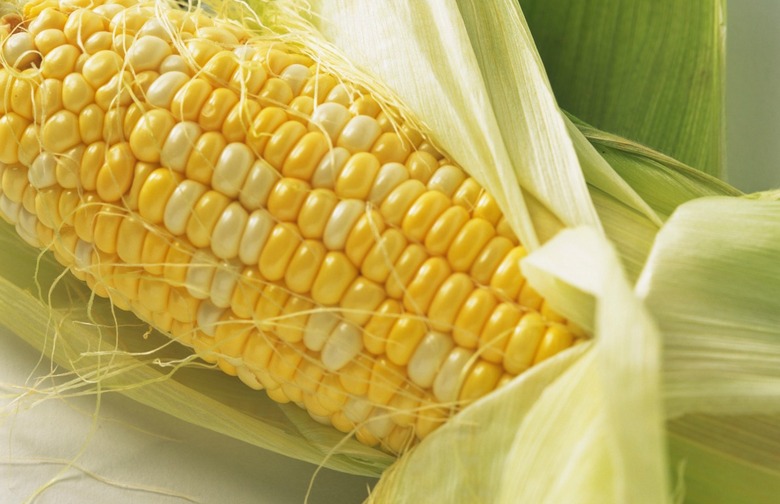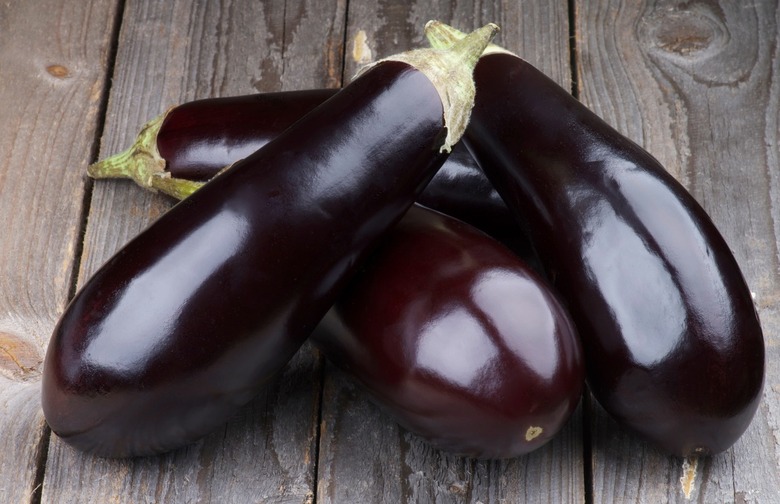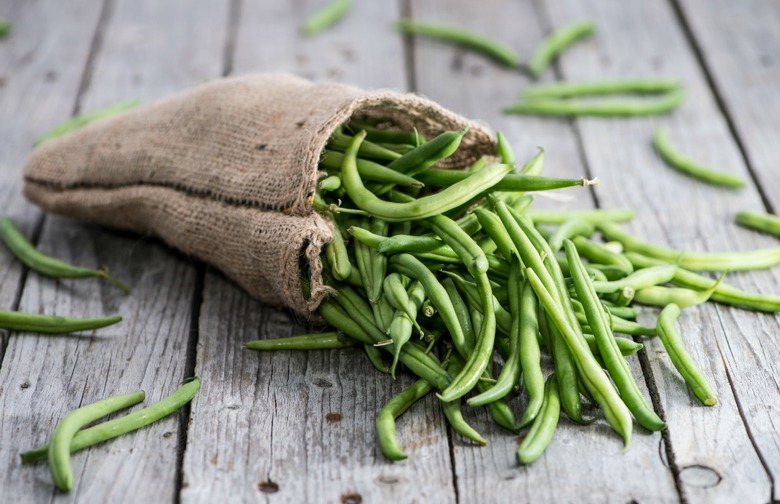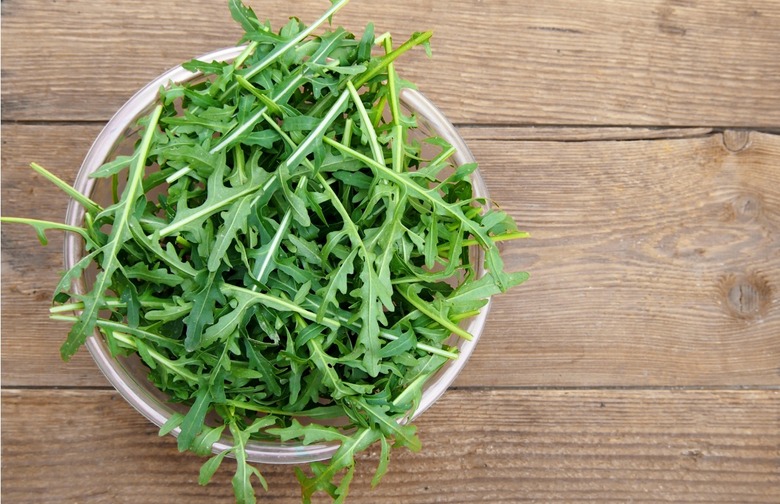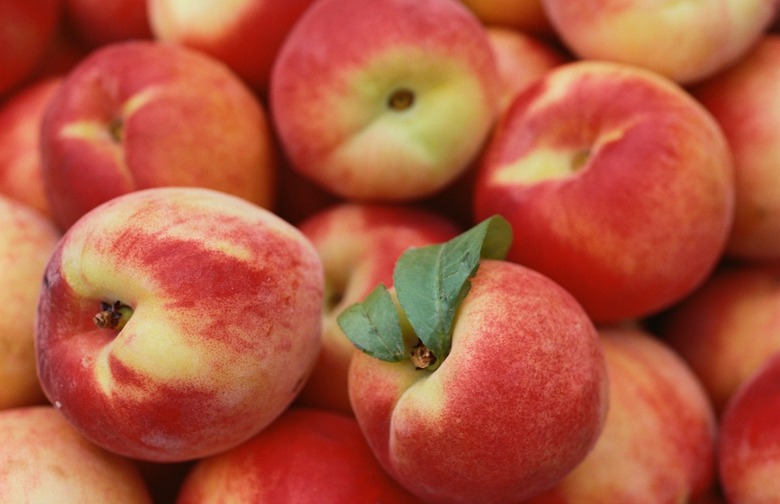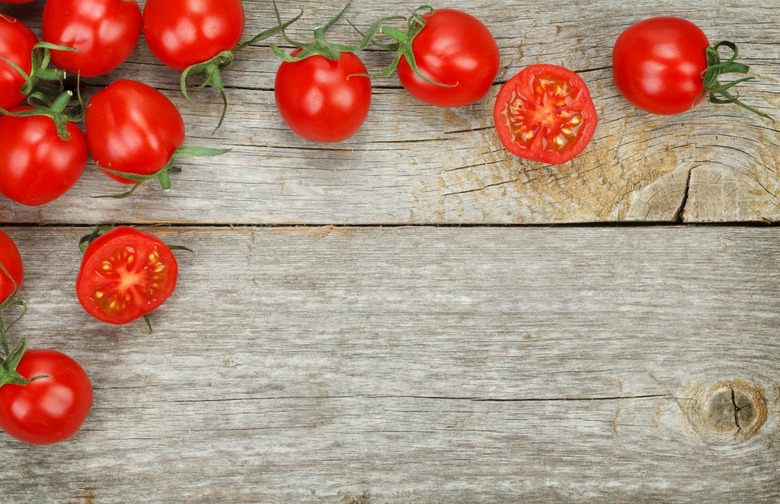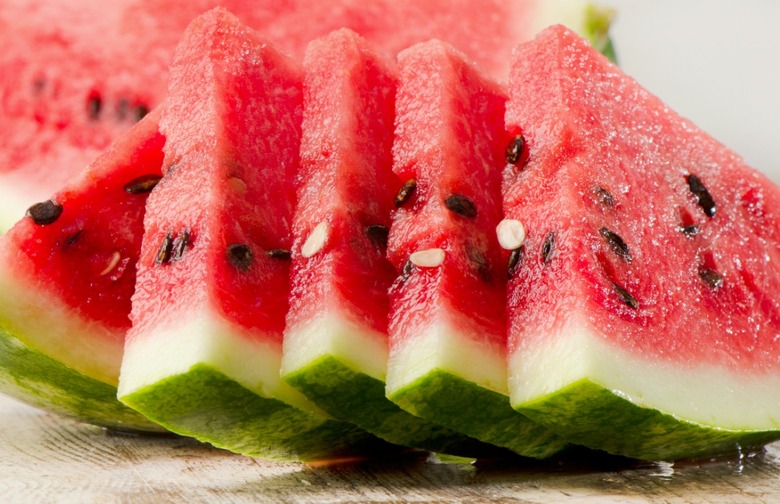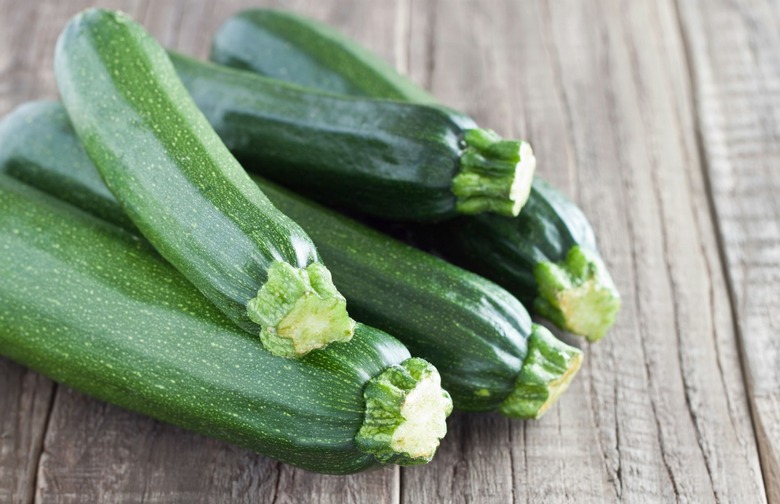Keep Your Peaches Upside-Down And 9 Other Tips For Storing Summer Produce
Here's how to store some of summer's most popular fruits and vegetables.
Berries
There are two key secrets to keeping berries fresher longer. First, kill any bacteria that may be on their surfaces (and could contribute to spoilage) by washing the berries in a solution that is one part white vinegar and three parts water — just be sure to rinse them thoroughly after the vinegar bath so that you're not left with any residual vinegar taste. Then, dry them as thoroughly as possible with a clean paper towel before storing them in the refrigerator or freezer.
Cherries
Temperature is key when it comes to fresh cherries. Get your fresh, unwashed cherries into cold storage as soon as possible. If you're keeping them in the refrigerator, store them in a plastic bag. If you're planning to freeze them, place them in a single layer on a baking sheet and freeze them fully before storing them in a plastic bag in your freezer.
Corn
We know it's tempting to shuck the corn at the store before you buy it, but resist the urge. Simply squeeze the ear to feel whether the kernels are firm and tightly spaced and check to make sure that the stem is moist and the silks glossy. Then, store your corn, unshucked, in a bag in a cool, dark place in your kitchen until you're ready to use it.
Eggplant
It's best to use an eggplant a few days after you purchase it — as eggplants get old, they become more bitter. For the best shelf life, simply keep your eggplant in a plastic bag in the vegetable drawer of your refrigerator.
Green Beans
Fresh green beans are far superior in taste to canned varieties. Look for beans with a bright green color and a firm texture that are no thicker than a pencil. Then, simply store the beans in a plastic bag in the crisper section of your refrigerator.
Leafy Greens
If the roots are still attached to your greens, wrap them loosely in a damp paper towel and then place them in a plastic bag and store them in your refrigerator. If not, simply place the loose leaves in a plastic bag in your refrigerator and use them within a few days.
Peaches, Plums, Nectarines, and Apricots
Here's a handy little tidbit for storing these delicate stone fruits; keep them stem-side-down. This keeps the fruit from rolling around and getting bruised. Also, these types of fruit are likely to bruise wherever they touch the plate. If you store them upside-down, the area around the stem (which many people don't eat) will be the only section that gets overly soft.
Tomatoes
The number one mistake that people make with tomatoes is storing them in the refrigerator — this changes their texture and leaves them mealy. Keep your fresh tomatoes at room temperature and never store them in a plastic bag; simply leave them on a plate until you're ready to use them.
Watermelon
Whole watermelons are best stored at room temperature — like tomatoes, they develop a mealy texture when placed in cold storage. Once the watermelon is cut, keep it for up to four days in your refrigerator.
Zucchini
Another easy-to-store vegetable — keep your zucchini in a plastic bag in the vegetable drawer of your refrigerator and use them within five days for the best flavor.
